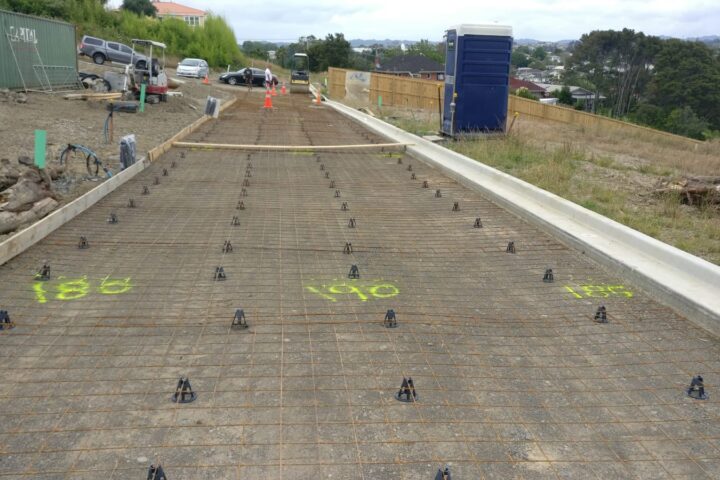Warehouse automation is evolving rapidly, and amr robots are at the forefront of this transformation. These intelligent machines are designed to handle material movement with precision, safety, and efficiency. AMRs’ ability to navigate dynamic environments and adapt to complex tasks is revolutionizing how warehouses operate. Let’s explore how AMRs are reshaping the logistics landscape and what this means for warehouse efficiency and productivity.
The Role of AMR Robots in Modern Warehousing
What are Autonomous Mobile Robots (AMRs)?
AMRs are a class of robots equipped with sensors, cameras, and advanced software that enable them to operate autonomously. Unlike Automated Guided Vehicles (AGVs), which require fixed tracks or predetermined paths, AMRs can make decisions in real-time, responding to their surroundings and avoiding obstacles. This flexibility allows them to function seamlessly in busy, dynamic warehouse environments.
Key Functions of AMRs in Warehouses
AMRs are versatile and can perform a variety of tasks, including:
- Material Transport: Moving goods from one location to another within a warehouse.
- Order Picking: Assisting workers by delivering items needed for order fulfillment.
- Inventory Management: Scanning and updating inventory records with precision.
- Replenishment: Ensuring that workstations and picking zones are stocked with the necessary items.
Benefits of AMR Robots for Warehouse Automation
Enhanced Efficiency
AMRs significantly reduce the time and effort required to move materials across warehouses. By automating repetitive tasks, they allow human workers to focus on more strategic roles, increasing overall efficiency.
Improved Safety
Equipped with advanced sensors and obstacle detection systems, AMRs reduce the risk of workplace accidents. They navigate safely around workers and equipment, ensuring a safer working environment.
Cost Savings
Though the initial investment in AMR technology may be high, the long-term savings are substantial. AMRs lower labor costs, minimize downtime and reduce errors, leading to more cost-effective operations.
Scalability and Flexibility
One of the most appealing aspects of AMRs is their scalability. Unlike traditional automation systems, AMRs can be deployed incrementally, allowing businesses to scale their operations as needed. Their flexibility ensures compatibility with various warehouse layouts and workflows.
Enhanced Accuracy
With their advanced sensors and software, AMRs minimize errors in material handling and inventory management. Accurate order fulfillment and real-time inventory updates contribute to smoother operations and better customer satisfaction.
Best Practices for Implementing AMRs in Warehouses
Assess Your Warehouse Needs
Before introducing AMRs, evaluate your warehouse’s specific requirements. Identify bottlenecks, inefficiencies, and tasks that would benefit most from automation.
Choose the Right AMR Solution
Select AMRs that align with your operational needs. Factors to consider include payload capacity, navigation technology, and integration capabilities with existing systems.
Prepare Your Warehouse Infrastructure
Ensure your warehouse infrastructure is ready to accommodate AMRs. This might involve upgrading Wi-Fi networks, implementing warehouse management software, or optimizing layouts for seamless robot navigation.
Train Your Workforce
Integrating AMRs into your operations requires training your workforce to work alongside these robots. Educate employees about the robots’ capabilities and safety protocols to ensure a smooth transition.
Monitor and Optimize Performance
Regularly track the performance of your AMRs to identify areas for improvement. Use data analytics to fine-tune operations and maximize the benefits of automation. Feedback from employees can also provide valuable insights for optimization.
Challenges in AMR Implementation
Initial Costs
While AMRs can deliver long-term savings, the upfront investment can be a barrier for some businesses. Conducting a thorough cost-benefit analysis can help justify the expenditure.
Integration with Existing Systems
Ensuring that AMRs integrate seamlessly with current warehouse management systems can be complex. Partnering with experienced providers can help overcome this challenge.
Maintenance and Updates
AMRs require regular maintenance and software updates to perform optimally. Establishing a proactive maintenance schedule is essential for minimizing disruptions.
The Future of Warehouse Automation with AMRs
As technology continues to advance, AMRs are expected to play an increasingly significant role in warehouse automation. Innovations in robotics and artificial intelligence are making these robots even smarter, faster, and more efficient. In the coming years, we can anticipate broader adoption of AMRs across industries, further transforming supply chain operations.
For example, the integration of 5G technology and edge computing is expected to enhance AMRs’ capabilities, enabling faster communication and improved decision-making. Additionally, collaborative robots (cobots) may work alongside AMRs, creating a more cohesive automation ecosystem.
Conclusion
Autonomous Mobile Robots are redefining the standards of warehouse automation by offering flexible, efficient, and scalable solutions. From improving safety to reducing operational costs, AMRs provide tangible benefits that enhance productivity. Businesses looking to stay competitive in the logistics sector should consider adopting AMR technology to streamline their operations and future-proof their warehouses.
You Can Also Read: What Makes Auto Repair Shop Software a Game-Changer













